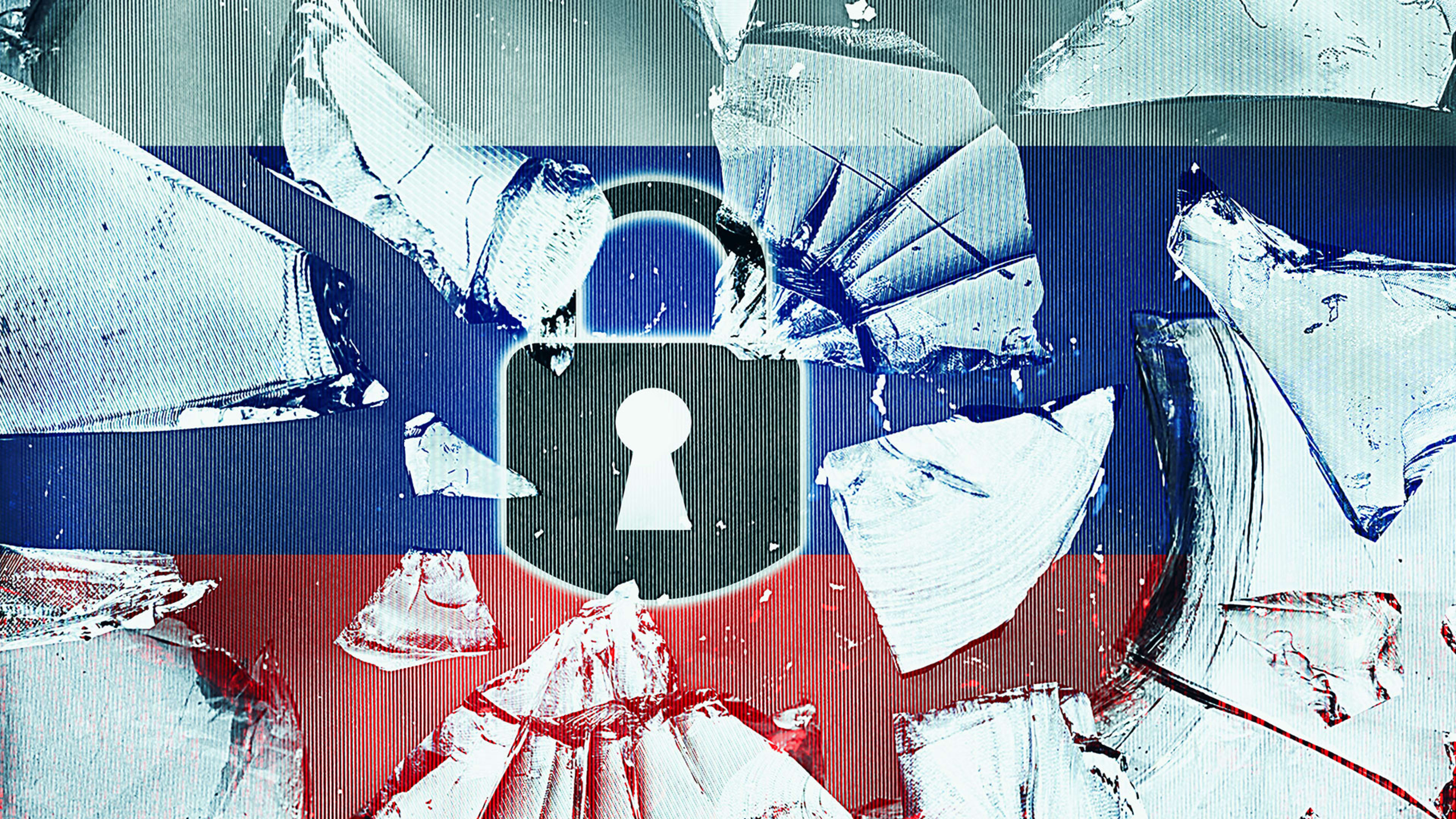In Putin’s Russia, all the news that’s fit to print takes on an entirely different meaning, with state-controlled media pumping out a positive spin on the invasion of Ukraine. From news that blames the cause of civilian deaths on “Ukrainian nationalists” to altered statistics about the number of Russian soldiers killed or captured, Russian citizens are being fed a steady stream of misinformation.
A group of digital marketing professionals have started a campaign using targeted digital advertising to bypass Russian media censors and get as much fact-based news in front of everyday Russians as possible.
this is super fucking cool—someone essentially came up with a way to bypass russian media censorship using targeted ads 👀
sure wish i could blog abt it instead of…….. striking for a halfway decent paycheck 🙃🙃🙃 https://t.co/9timQMfBbz pic.twitter.com/PzRjRdTbWg
— shoshana wodinsky (she/her) is looking for work! (@swodinsky) March 3, 2022
“People there know they can’t trust Putin’s propaganda, and there’s a hunger to know what’s really going on,” says Rob Blackie, who organized the campaign. “So there’s this pent-up need and desire for news so when they see an ad that says something like ‘latest news on Ukraine,’ many are clicking.”
Let’s rewind for a second. The bulk of advertising you see online isn’t bought by brands and companies individually. Instead, it’s a result of programmatic advertising, a system in which giant advertising networks buy and sell ad spots across the internet automatically. Typically, a brand goes to a digital advertising network, which selects the brand’s desired target audience—women between 35 and 50 who like hip hop, say, or men between 18 and 25 who love football—and automatically distributes ads to those people across many, many different websites.
While this sounds very precise, too often, these ads end up on inappropriate sites, causing big brands to inadvertently fund hate sites and misinformation. It’s why companies like Check My Ads exist, to make sure brands like Lululemon know when their ads are funding content from, say, Charlie Kirk. But here, Blackie and his colleagues are using ad technology’s biggest weakness as a strategic strength.
“The reason this is a problem for dictators is that the networks are global, and they’re not very well monitored by human beings,” says Blackie. “The more reputable networks have humans reviewing the ads, but really, if you put out 10,000 ads, at some point a combination of an algorithm and a human glances at it.”
Which means digital ads with neutral language like “News from Ukraine” can slip by and onto any site or app that has advertising. China employs millions of people to monitor its internet, but Blackie says that the Russian censorship infrastructure is nowhere near as strong. “The Russian government is fundamentally a weaker, more corrupt, and less competent state, so it’s harder for them to intercept. So far,” he says.
This effort joins both the social media efforts of Ukraine President Volodymyr Zelenskyy, and the Ukrainian advertising community. Both are rallying support and spreading facts about the invasion to everyday Russians. According to Blackie, the campaign’s ads have been seen more than 2 million times, and clicked on by more than 42,000 people.
“The hope is that once they visit these legitimate news sites once, the next time they want news, they’ll go straight there and not have to wait for one of our ads,” says Blackie. “And then they’ll share that news and the sites with their friends and families.”
Recognize your brand’s excellence by applying to this year’s Brands That Matter Awards before the early-rate deadline, May 3.
